A Traveller’s Journey: Bhutan, Kingdom of Thunder Dragon
- October 20, 2018
- Posted by: admin
- Category: Articles by Practitioners,
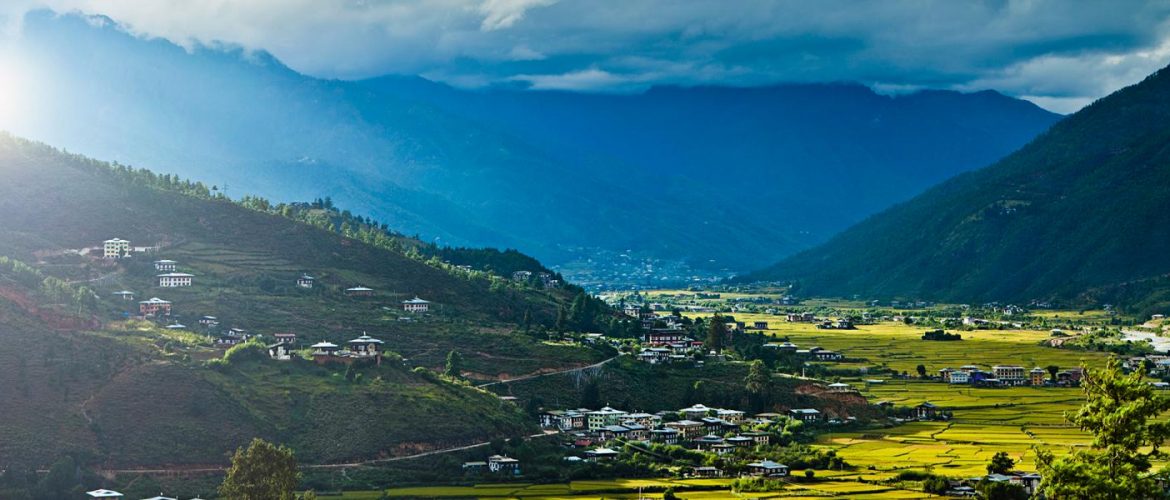
By Kanien Keha
We were in awe right from the time the Druk Air pilot announced that the mighty Mt Everest and Himalayan snow-capped mountains were visible in the comfort of our seats as we flew from Calcutta to Paro.
A great way to start our journey to Bhutan, a country called by so many different names — Druk Yal, the last Shangri-la — and famous for being the only carbon-negative country and the philosophy of Gross National Happiness.
Bhutan is a small country in the Himalayas, sandwiched between India and China. Besides its breathtaking panoramic valleys and natural beauty, there is a strong sense of culture and tradition that binds the Bhutanese and sets it apart; being the only Vajrayana Buddhist nation in the world, the teachings are deeply rooted in their day-to-day lives.
Upon arrival, we drove from Paro to Thimphu, and didn’t really mind the 1.5hrs winding mountainous roads as the journey took us through stunning landscapes of Bhutan, covered in a blanket of green till the eyes could see, with paddy fields providing the burst of golden hues of yellow in summer. We were in awe of the crystal-clear emerald rivers running parallel to the roads, crisp clean air, beautiful Dzong architecture, and excited to see apple, peach and pear orchards. It was intriguing to see many clusters of white flags on the hills erected 45 days after the death of a loved one, believed to guide and protect the soul on its journey to the next life.
The capital city, Thimphu, greeted us with literally no traffic, a clean but dusty city with speckles of houses and low-rise buildings with intricate Bhutanese architecture and paintings of 4 Dignities ‘Tak Seng Chun Druk’ — following the government’s painting guidelines. These 4 Dignities were believed to avoid negativities and misfortunes from all corners and represented sacred qualities such as confidence (Tak – Tiger), clear awareness (Seng – Snow Leopard), fearlessness (Chun – Garuda) and gentle power, wealth and prosperity (Druk – Dragon).
After checking into the hotel, a few of us explored the streets of Thimphu in the evening, a tad disappointed that the souvenirs sold are not made-in-Bhutan and pleasantly surprised that cars stopped for pedestrians to cross the road as soon as they see anyone by the roadside, that too, without any visible traffic lights in the cities we had visited.
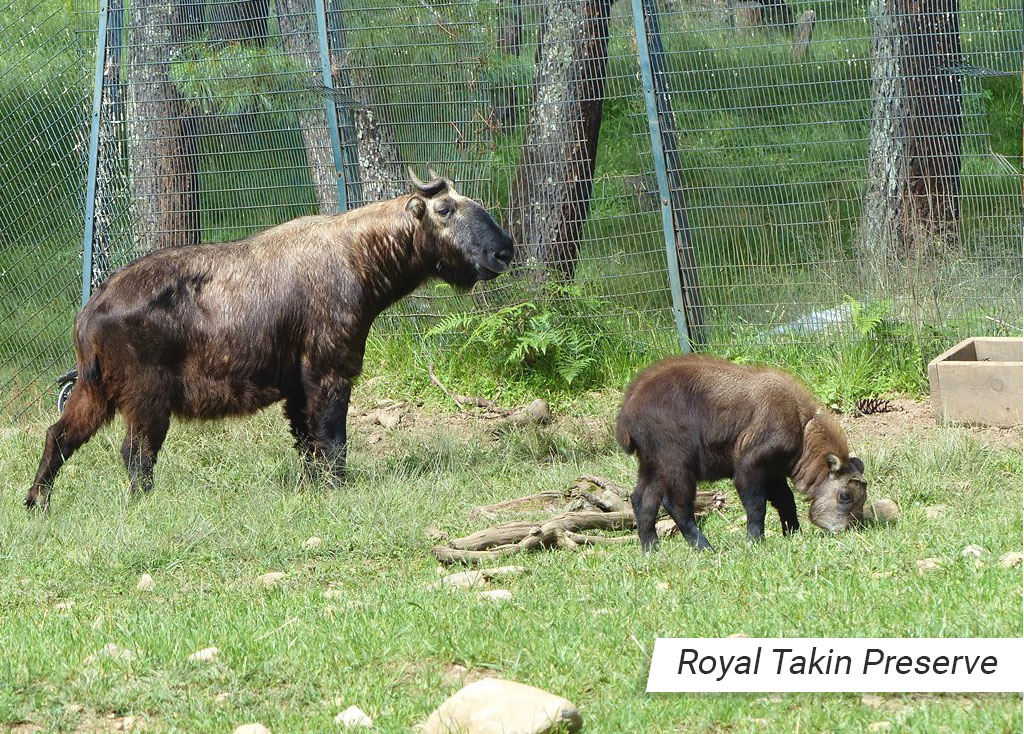
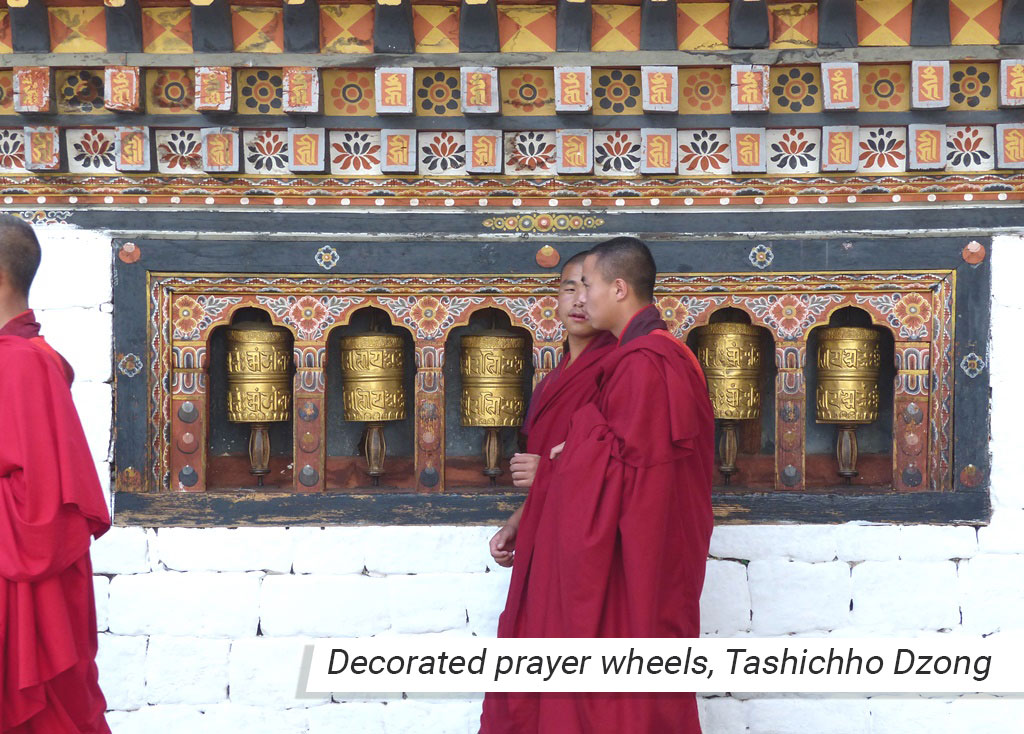
With 4 more days in Bhutan, we started our journey on a high the next day, visiting Royal Takin Preserve, a wildlife reserve area in lush green pine forest for Takin — Bhutan’s national animal. A short drive led us to one of the most popular landmarks in Thimphu, Tashichho Dzong, a large Buddhist monastery and fortress that houses the Bhutanese government and offices for the King. The fragrance from the rose gardens surrounding this premise was a delight to the senses, in addition to the beautiful Bhutanese murals, architecture and a temple with large Buddha Shakyamuni. There were approximately 108 prayer wheels recessed into the walls at this Dzong and it was very calming to spin these decorated prayer wheels, sending prayers to the universe.
A stop-over at the Centenary Farmers Market allowed us a glimpse into what the locals consume. It was very clean and colourful and we were delighted to learn that the vegetables were organic as pesticides and chemical fertilisers were banned in Bhutan, another check towards being progressive. Our last stop for the day was the National Memorial Chorten, dedicated to world peace and was built in honor of the 3rd Bhutanese King.
We started Day-2 journey with the gigantic 51-meter bronze Great Buddha Dordenma glittering under the clear blue sky. It is one of the largest sitting Buddha Shakyamuni, which contains 125,000 miniature statues of Buddha encapsulated inside its body. In reality, this is more than the 100,000 population of Thimphu.
And en route to Punakha, we stopped at Dochula Pass, overlooking the Himalayas. This pass is famous for the 108 Druk Wangyal Khan Zhang Chortens or Stupas, which tell a story of spirituality and bravery. It was built in memory of Bhutanese soldiers killed during the war. A sense of peace prevailed as the locals went about their religious prayers circumambulating the 108 Chortens chanting prayers and rotating their beads, whilst the Pass was covered in a blanket of mist.
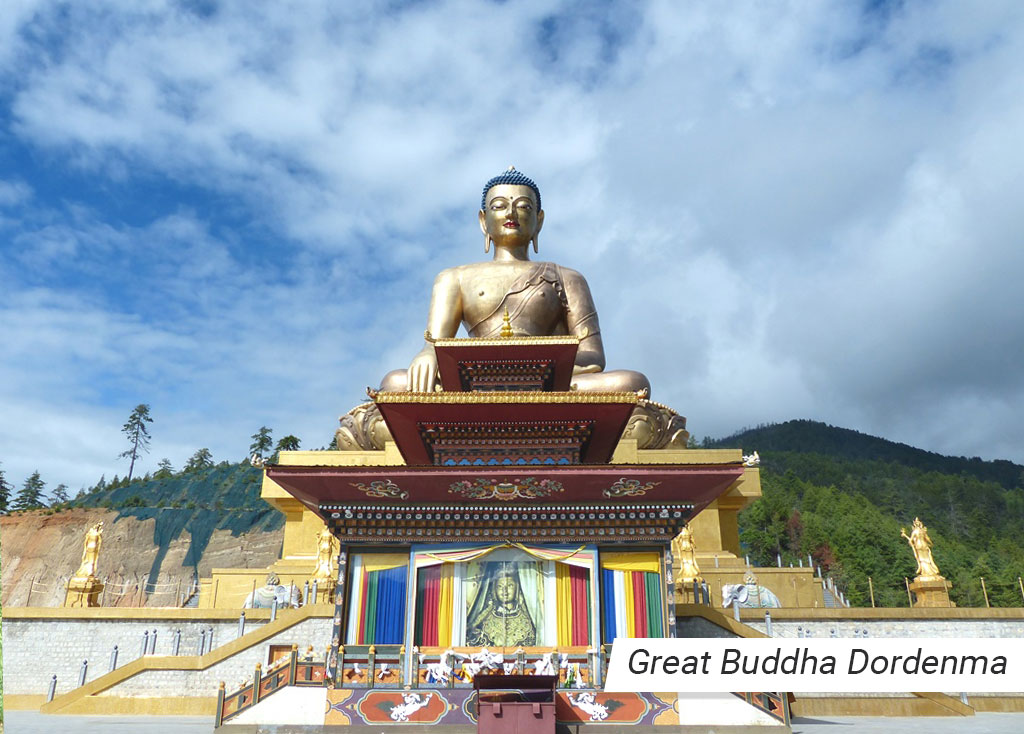
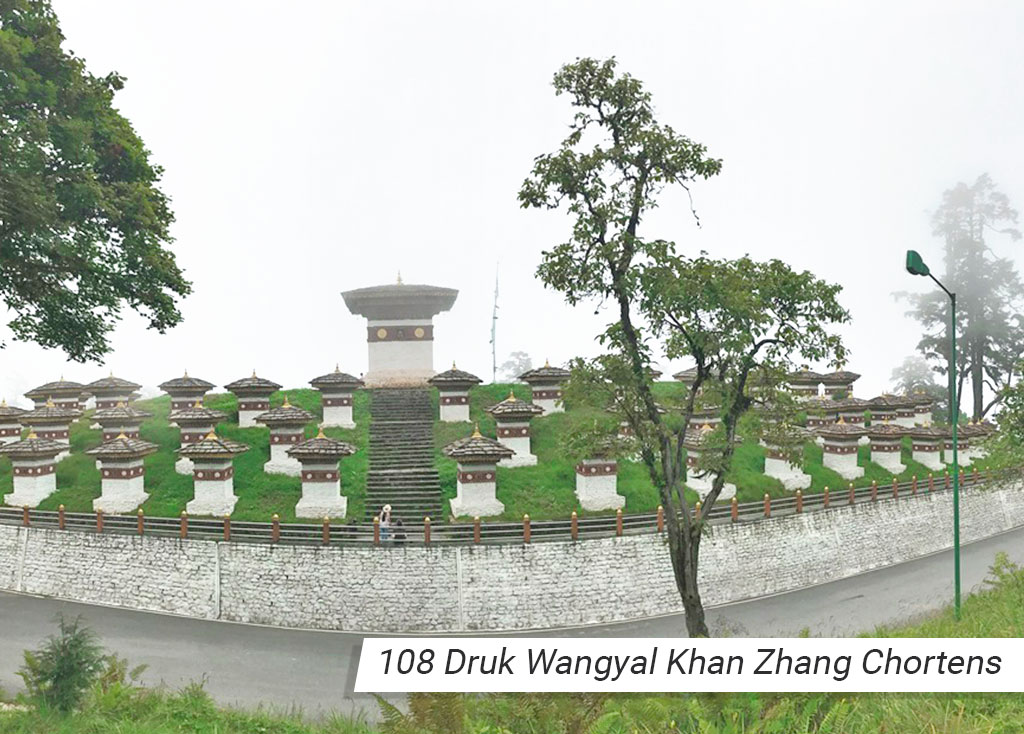
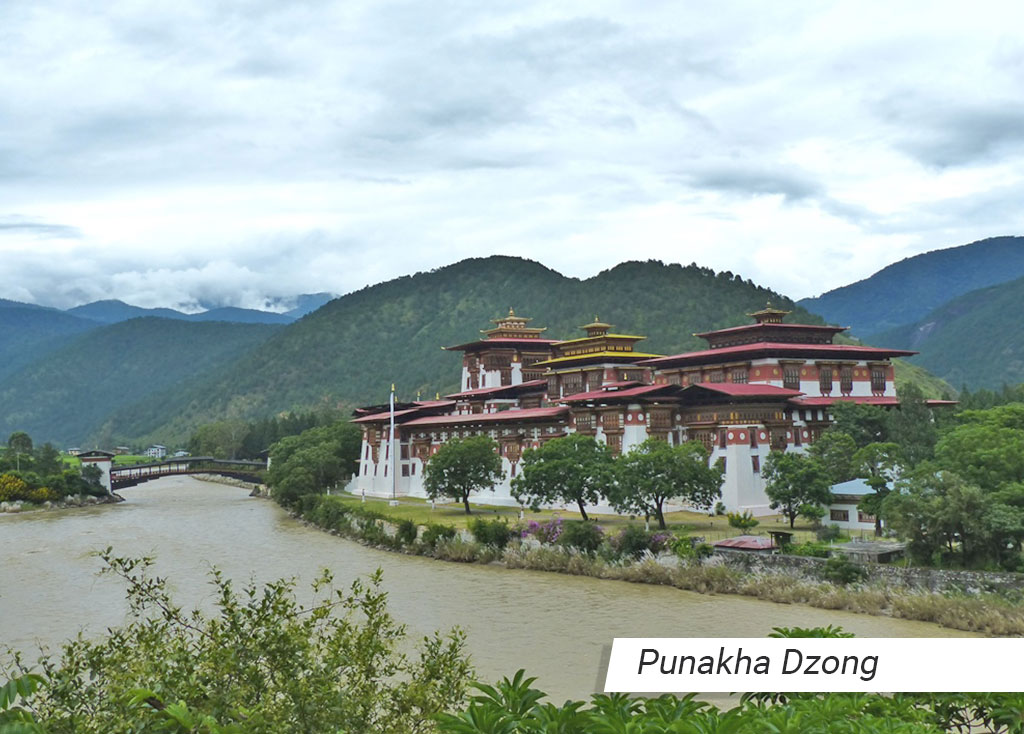
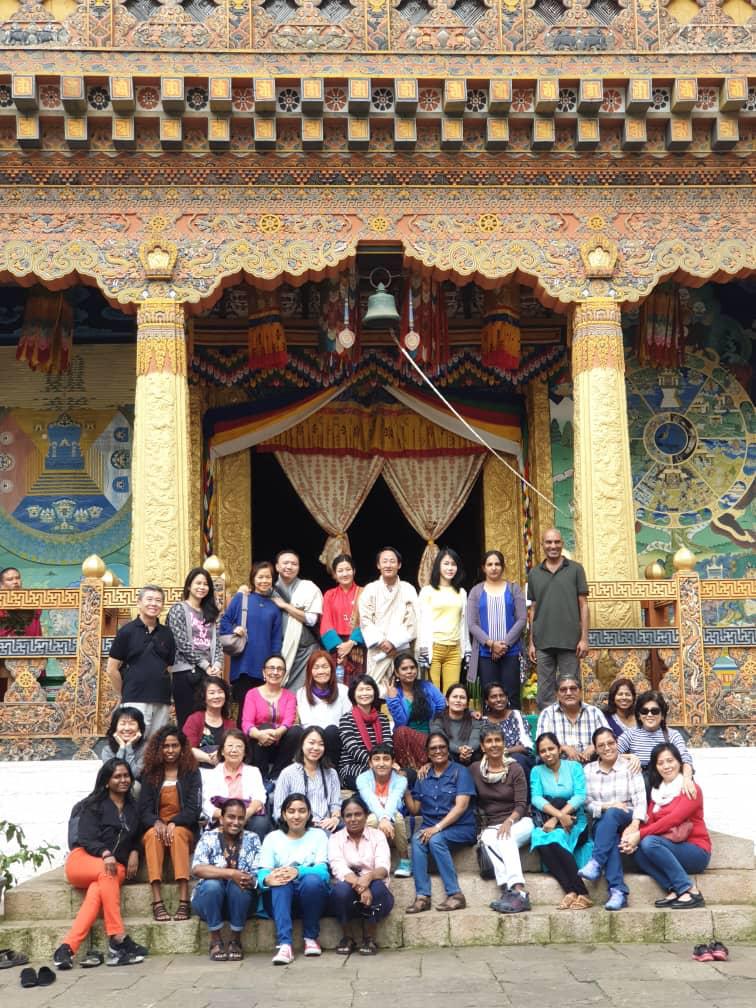
On Day 3, we visited Punakha Dzong, one of the most important Monastery fortresses that houses the national treasures and its where all the Bhutanese Kings are crowned. The towering whitewashed walls of the Dzong is a beautiful sight between 2 major rivers in Bhutan — the Pho Chhu and Mo Chhu rivers — and is only accessible via the Bazam Bridge.
Our lunch was a discovery of Bhutan’s national dish, Ema Datshi, a spicy mix of Chili and Cheese, and a meal of delicious red rice, organic vegetables and creamy ice creams, with a mesmerising postcard-picture-perfect scenic view of Punakha valley from the restaurant.
Our last stop for the day was a leisurely uphill trail through a village with paintings of phallus on their walls and between paddy fields of gorgeous hues of golden yellow to Chimi Lhakhang — also known as The Fertility Temple. This Buddhist monastery was constructed by an eccentric monk who preached Buddhism in an unconventional manner. The monks in the temple blessed visitors with a bow and wooden phallus that belonged to the Divine Madman.
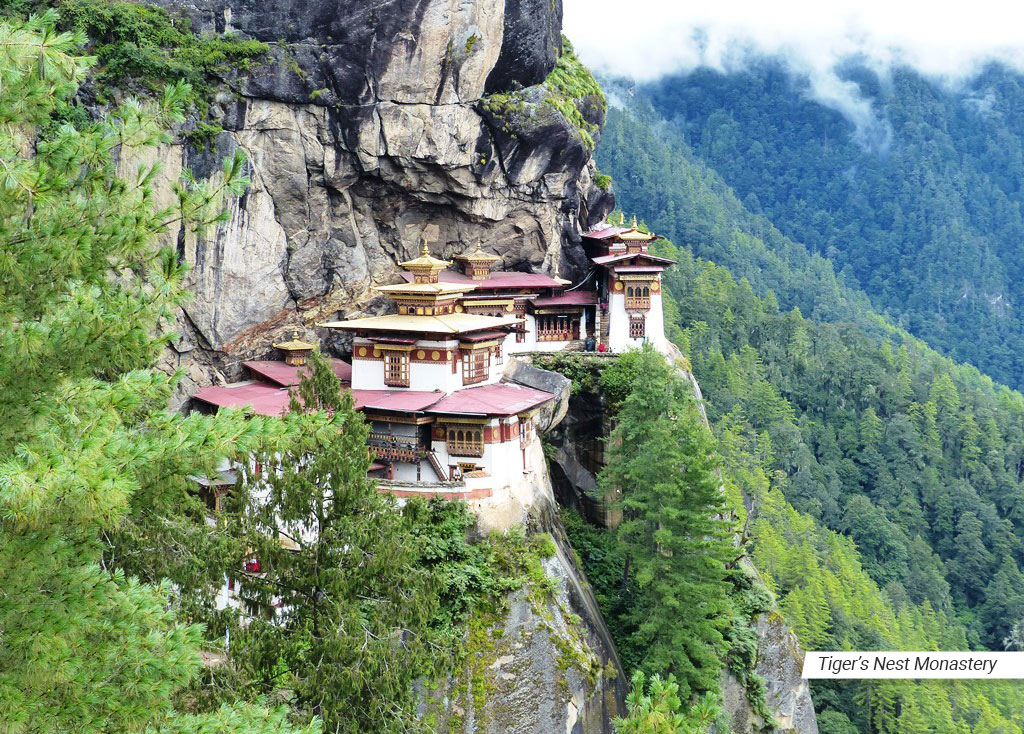
We were thrilled as we started our journey early in the morning to the much awaited Tiger’s Nest Monastery, the highlight of our tour. Also known as Paro Takstang, it’s one of Bhutan’s most stunning and sacred Buddhist pilgrimage temples built 10,000ft up on the side of a cliff comprising 4 temples constructed around the cave where Guru Padmashambava first meditated in the 7th century for 3 years, 3 months, 3 days, 3 weeks and 3 hours. Legend has it that Guru Padmashambava was carried from Tibet on the back of a Tigress to this cave, thus giving it the name ‘Tiger’s Nest’.
Luckily, the weather was cool as we hiked through the Alphine forest guided by the sight of the Tiger’s Nest Monastery perched high up in the mountain, which was covered by clouds playing peek-a-boo, teasing us to reach it for a better view. The terrain changed from flat grounds to a sandy trail with a burst of boulders all the way uphill; the walking stick we rented really came handy.
With the fluttering colourful prayer flags along the trail, Tsa-tsa’s tucked away inside cave-like enclosures and stacked stone pyramids along the way, the walk through the quiet forest added a mystical beauty to our journey. Reaching the iconic viewing point, the sight of the Tiger’s Nest Monastery perched on the edge of a cliff overlooking Paro Valley was a sight to behold. We rested a bit before we embarked on our journey to conquer 800 stairs before reaching the temple.
Inside the temple, a sense of calmness prevailed with the smell of incense and the silence of devotion. We drank the saffron-infused holy water offered by the monk and meditated a bit before exploring the temple premise. We ended the day with a sumptuous Bhutanese traditional meal for dinner and cultural performances in a farmhouse with the warmth from a bonfire.
Worth the return visit
Bhutan made an impact right from the day we landed. The scenic beauty exuded calmness, awakened all the senses, created an appreciation for nature and invoked humbleness from our travels to the Tiger’s Nest Monastery and many Dzongs. It was truly a gastronomical delight. As we flew out of Paro back home, with wonderful memories to cherish, the Land of Thunder Dragon beckoned us to return real soon as there was more to explore.
